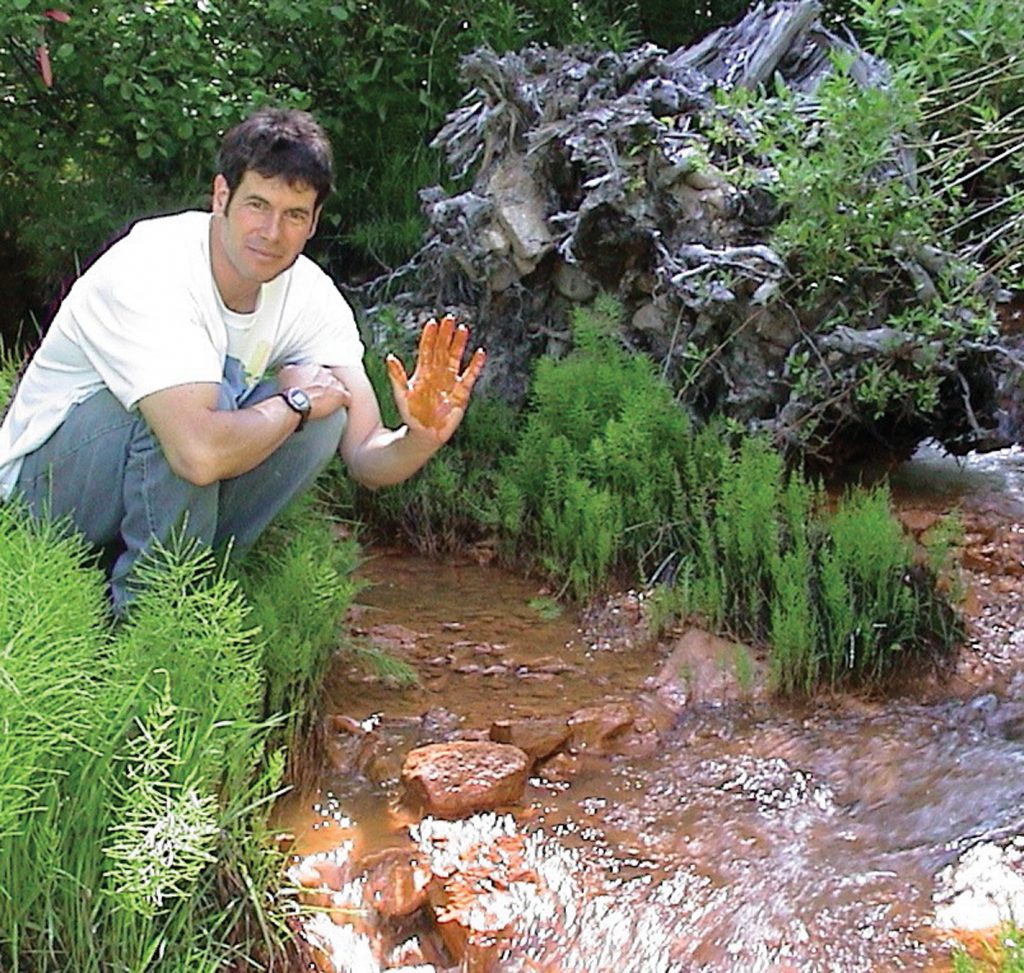Mining in Idaho
Safeguarding Idaho's Water From Mining Pollution
Idaho has a long and colorful history of mining, but too many of these mines have polluted streams and contaminated landscapes. According to the Environmental Protection Agency, 40% of watersheds in the West are contaminated by mining activity. The Idaho Conservation League works to ensure that mining activities don’t threaten human health, special places, or Idaho’s clean water. ICL evaluates mining projects in Idaho on a case-by-case basis using factors such as 1) what is being mined (e.g. cobalt vs. gold), 2) how it’s being mined (open pit mining vs. underground mining), and 3) where it’s being mined (who or what is downstream). We scrutinize proposed new mines, improving those that are acceptable and opposing those with major environmental impacts in ecologically sensitive areas. Some places will always be too special or ecologically sensitive to mine.
Protecting Idaho's Water
Mining in Idaho
We all use metals every day. We also need clean air, clean water, and a safe environment for our families away from toxic waste. Mining is still managed under the Mining Law of 1872, which prioritizes mining over all other uses. ICL and other advocacy organizations across the country are working to update this law to ensure that mining is managed responsibly and that local communities and Native American Tribes have a greater say in whether a mine project proceeds or not.
Mining companies big and small are scouring Idaho’s vast public lands for more ore to extract. It’s a good bet that an exploration drilling project or even a new mine is being proposed upstream of your drinking water, favorite fishing stream, or place special to you and your family.
Here are some of the mining projects that ICL is currently working on to ensure that clean water around the state is protected from mining contamination.
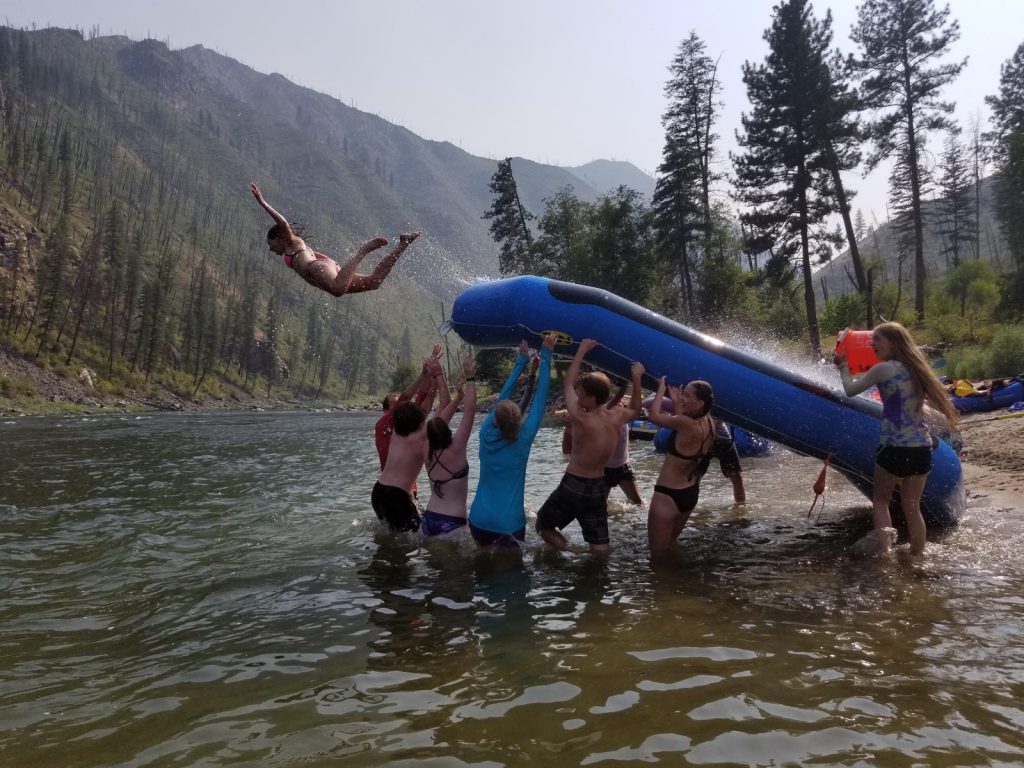
Stibnite Gold and Kilgore Projects
Safeguarding Idaho’s Streams and Wilderness
Perpetua Resources' Stibnite Gold Project
The East Fork South Fork of the Salmon River is many things — a rambunctious whitewater river, a stronghold for bull trout, steelhead, and Chinook salmon — and the target for an open-pit mine. Mining company Perpetua Resources hopes to dewater the river, divert it into a tunnel, excavate a 400’ deep pit under the riverbed, and then backfill the pit with mining waste from another open pit. Meanwhile, pristine tributaries to the East Fork South Fork would be buried under 400’ of toxic mine tailings and waste rock. While Perpetua’s stated intent is to clean up and restore a historic mining area that was contaminated and abandoned by previous mining companies, the footprint of the proposed Stibnite Gold Project goes far beyond the footprint of previous mining operations and will have unacceptable impacts both onsite and far downstream. Perpetua is also promoting the narrative that the mine will provide antimony for industrial-sized batteries that will fuel the transition to sustainable energy, but at the end of the day, Stibnite remains a gold mine in a high-risk location. The mine is in the advanced stage of permitting and we are part of a concerted effort to stop this high-risk project.
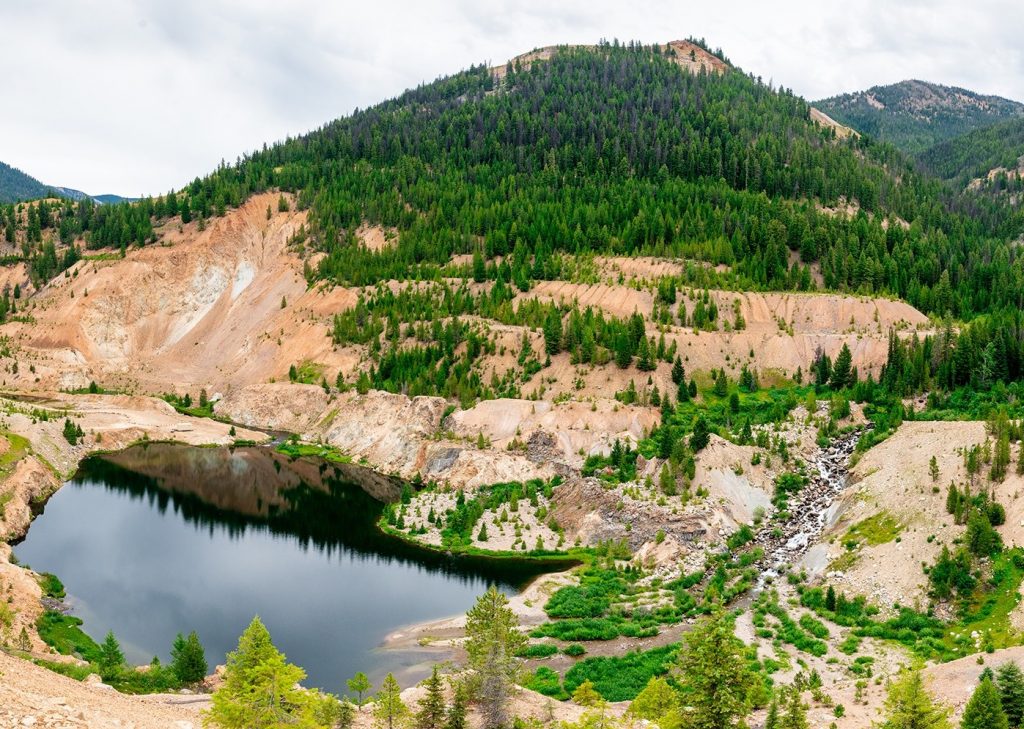
Kilgore Project
A Canadian mining company, Excellon Resources, hopes to expand gold exploration operations for the Kilgore Project in the Centennial Mountains of eastern Idaho. Depending on the results of the exploration drilling, the company is considering an open-pit cyanide heap-leach mine operation. Incidentally, open-pit cyanide heap leach mining is banned just a few miles to the north in the state of Montana after a series of accidents poisoned wells and left taxpayers with enormous cleanup costs. Both mine exploration and development could negatively affect the ability of wildlife to move through the Centennials and threaten downstream water users and the region’s rural character. ICL and our friends at Greater Yellowstone Coalition (GYC) successfully challenged the exploration project in 2020. In response, the Forest Service re-analyzed and reapproved the flawed project in 2021, leading ICL and GYC to once again litigate the project in federal court in 2022.
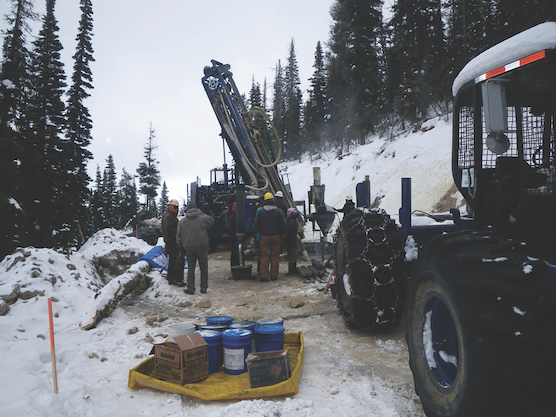
Mining and the Clean Energy Transition
As our climate continues to warm, it is increasingly important that our global society rapidly moves away from burning fossil fuels and toward renewable, low-carbon energy and transportation. As the demand for clean energy, electric vehicles, and battery storage continues to grow, mining companies have increasingly looked to Idaho to mine sought-after minerals needed to achieve these goals. One of these minerals is cobalt – an essential ingredient for the most common type of electric vehicle (EV) battery. Idaho is home to the largest known cobalt deposit in the U.S., an area west of Salmon known as the Idaho Cobalt Belt that is home to one permitted mine (Jervois’ Idaho Cobalt Operations) slated to come into production in 2022, at which point it will be the only operating cobalt mine in the country. It likely won’t hold that title for long – in 2019 alone, more than 5,000 mining claims were filed in the cobalt belt, indicating that a more serious cobalt mining boom could be on the horizon.
The U.S.’ rush toward the clean energy transition cannot be built upon a foundation of dirty mining that imperils sensitive ecosystems and disproportionately burdens Indigenous communities. Mining for clean energy metals has already raised environmental justice concerns, as research points to many mines located close to Native American reservations negatively impacting ecological, cultural, and spiritual resources. Furthermore, mining critical minerals should not be fast-tracked through environmental permitting. Lastly, any increased emphasis on domestic mining should go hand-in-hand with a substantial reform of our antiquated mining laws dating back to the 1800s that govern mineral exploration and development. Expanding mining without addressing the shortcomings of our archaic mining laws is a shortsighted and misguided approach to the clean energy transition.
Responsible mining of these critical minerals in the U.S. (and elsewhere) can reach all of our goals: support and accelerate the clean energy transition, reduce our greenhouse gas emissions, and support a robust domestic economy in this green energy sector.
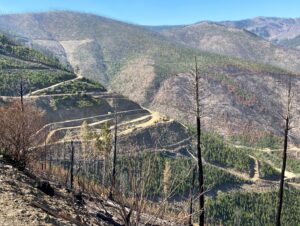
Atlanta Gold and CuMo Projects
Protecting the Boise River
The Boise River defines the character of Idaho’s capital and provides much of the city’s drinking water. But two Canadian mining companies are proposing operations in the Boise River headwaters that could contaminate our river with arsenic, heavy metals, and industrial chemicals.
CuMo Mine
A Canadian mining company named the Multi-Metal Development (formerly American CuMo Mining Corporation) wants to develop “the world’s largest open-pit accessible” molybdenum mine in the Boise River headwaters near Idaho City. If fully constructed, the CuMo Mine (short for copper and molybdenum) would threaten the Boise River watershed with billions of tons of potentially toxic mine waste.
The Canadian mining company had previously proposed a mine exploration project that would construct over 10 miles of new roads and clear 137 drill pads in the Boise River headwaters near Grimes Creek. Both exploration and mine development for the CuMo project are extremely controversial. The exploration site is upstream of half of Idaho’s population, and the Boise River is the most recreated river in Idaho. According to the EPA, mining is the number one toxic polluter in the U.S. ICL and our partners successfully stopped two previous exploration proposals because the federal government had overlooked environmental concerns, but the Forest Service is currently analyzing a new exploration proposal from the mining company. Sign up for ICL public lands updates to be updated when this project is out for public comment and speak up for the Boise River.
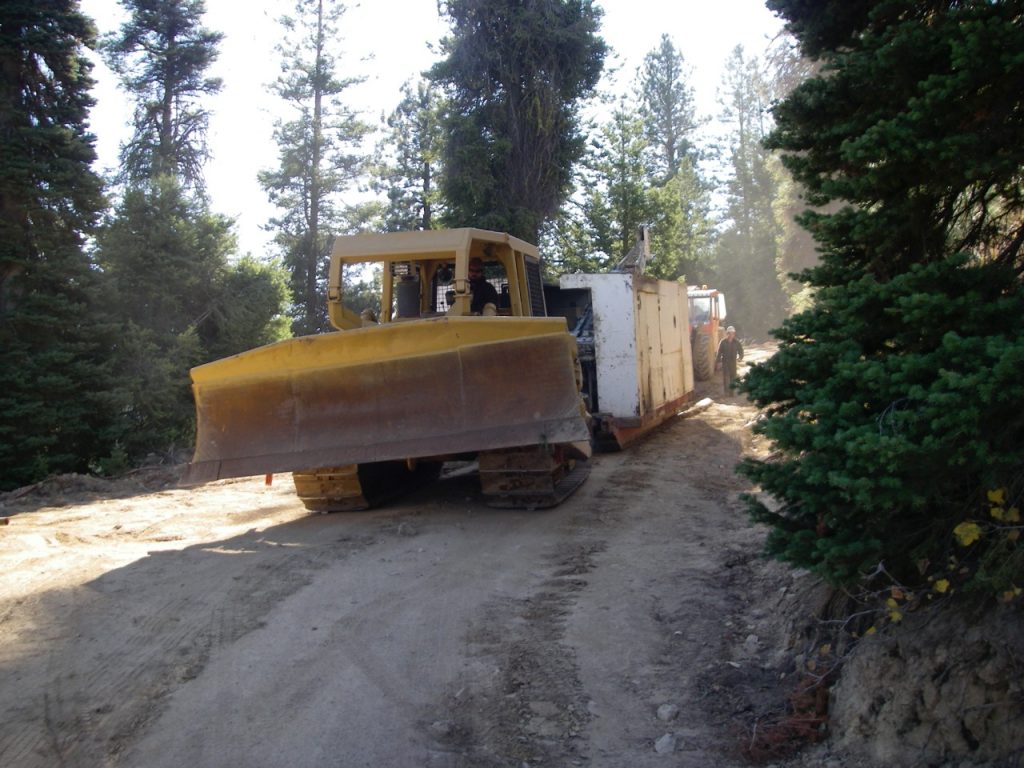
Atlanta Gold
The Atlanta Gold Project lies in the headwaters of the Middle Fork Boise River. The Atlanta Gold mining company had been illegally discharging toxic levels of arsenic into the Boise River headwaters for years. ICL partnered with Advocates for the West to file legal action under the Clean Water Act. In a big win for the Boise River, a judge fined Atlanta Gold Corporation $2 million and ordered the company to clean up the pollution. However, problems with the pilot water treatment plant have gotten worse and arsenic discharges are once again reaching alarming levels. ICL has brought these new violations to the attention of the Forest Service, the Idaho Department of Environmental Quality, and Atlanta Gold management and we are assessing next steps. If you are concerned about arsenic discharges and water quality in the Boise River, contact John Robison at [email protected].
